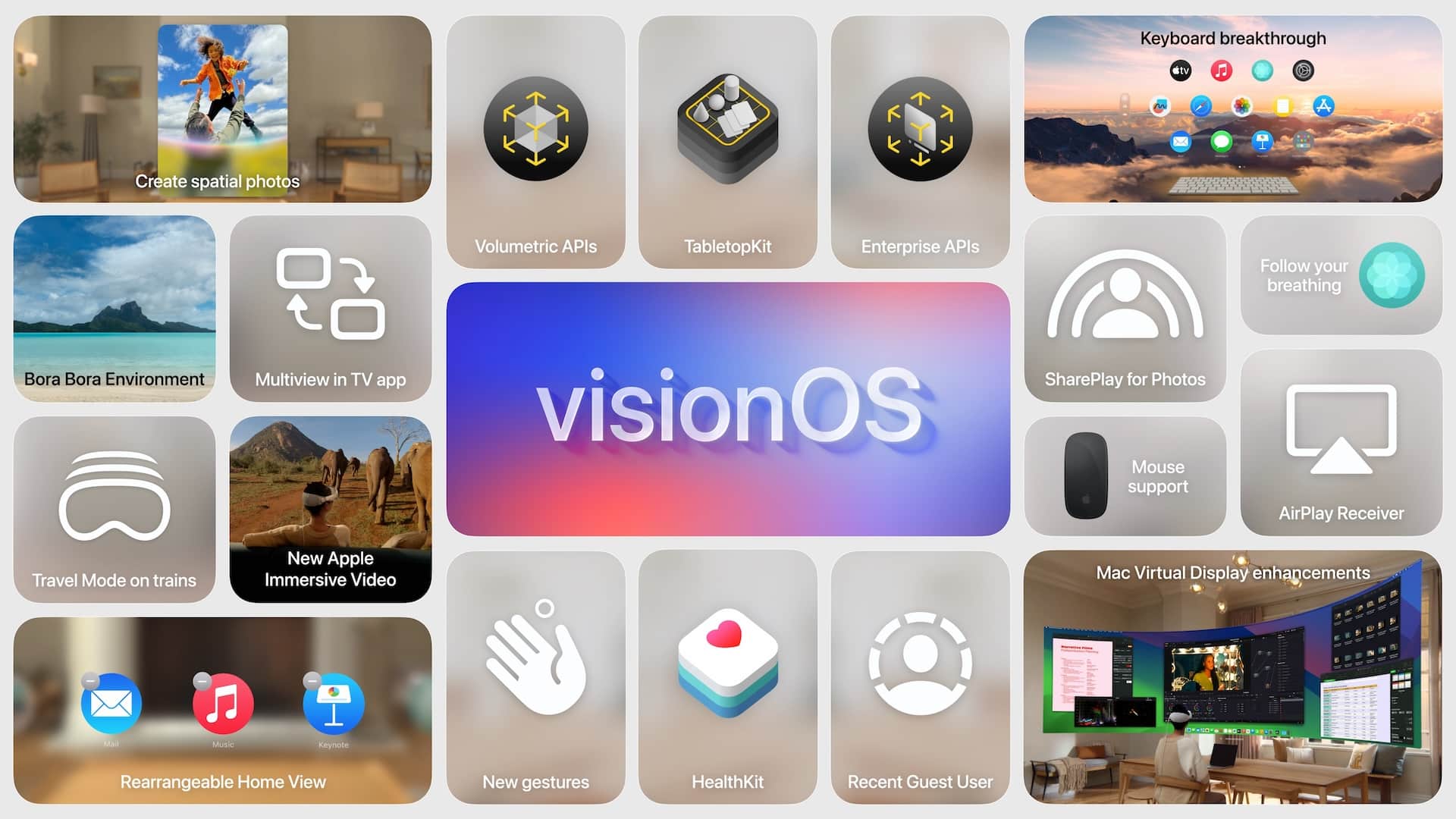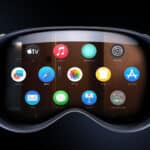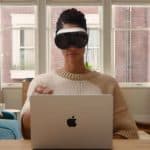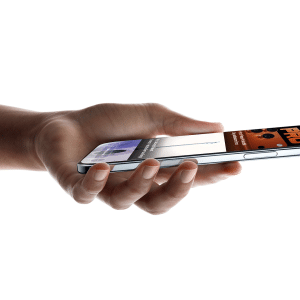Key Features of Apple visionOS 2
- Improved User Interface and Experience
The launch of visionOS 2 brings a redesigned user interface that is more intuitive and user-friendly. The update introduces smoother navigation and enhanced gesture controls, allowing users to interact effortlessly with virtual environments. The revised interface is a step towards making mixed reality accessible and seamless for all users.
- Enhanced Visual Quality
visionOS 2 focuses on visual enhancements, providing users with a more immersive and realistic experience. This update optimizes rendering and improves graphic fidelity, which benefits a wide range of applications from gaming to professional tools. The enhanced visual clarity ensures that users remain fully engaged in the mixed reality experience.
- New Developer Tools and APIs
With visionOS 2, Apple offers new tools for developers to build more sophisticated and interactive applications. The updated Software Development Kit (SDK) comes with advanced APIs and frameworks, allowing developers to incorporate features like real-time physics and spatial audio. This opens up new opportunities for creating innovative apps that leverage the full potential of AR and VR technologies.
- Multi-User Functionality for Collaboration
A major addition to visionOS 2 is its multi-user support, enabling users to collaborate in shared virtual environments. This feature can be particularly beneficial for remote work, education, and interactive experiences, as it allows multiple users to interact within the same digital space, enhancing productivity and engagement.

Integrating visionOS 2 with Apple’s Ecosystem
The launch of visionOS 2 strengthens Apple’s mixed reality network by enhancing the Vision Pro headset’s compatibility with other Apple devices, including iPhones, iPads, and Macs. This interconnected experience ensures that users can easily share content and transition between devices, providing a unified and immersive digital experience across the Apple network.
Vision Pro’s Growing Role in Apple’s Strategy
With the introduction of visionOS 2, Apple is clearly positioning the Vision Pro as a central component in its strategy for AR and VR development. By continuously enhancing the Vision Pro’s capabilities, Apple is paving the way for future innovations in mixed reality, ensuring that it remains competitive against other AR/VR platforms.
Challenges Ahead for Apple visionOS 2
Competing in a Crowded Market
While visionOS 2 offers a range of new features, Apple faces stiff competition from tech giants like Meta and Microsoft, who are also investing heavily in AR and VR technologies. To stay ahead, Apple must continue to innovate and enhance its AR/VR offerings.
Hardware Considerations and Future Updates
Despite the improvements that visionOS 2 brings to the Vision Pro, there may still be limitations tied to the hardware. Future iterations of the Vision Pro might need to incorporate more advanced components, such as higher-resolution displays or more powerful processors, to fully leverage the new features offered by visionOS 2.
Enhancing User Experience with visionOS 2
visionOS 2 significantly enhances user experience, providing improvements in usability, performance, and content. The update’s new features, including multi-user support, a refined UI, and visual upgrades, aim to offer a more engaging and seamless experience for various use cases such as gaming, productivity, and entertainment.
The release of visionOS 2 marks a significant advancement in Apple’s journey into mixed reality. With its improved features and tools, visionOS 2 offers both users and developers a robust platform for creating and experiencing immersive digital environments. As Apple continues to invest in AR and VR, visionOS 2 sets the stage for future innovations that will further shape the digital landscape.

By focusing on an integrated network of devices and applications, Apple visionOS 2 strengthens its position as a leader in the mixed reality space. As the technology evolves, the impact of visionOS 2 will be crucial in driving the next generation of AR and VR experiences.













